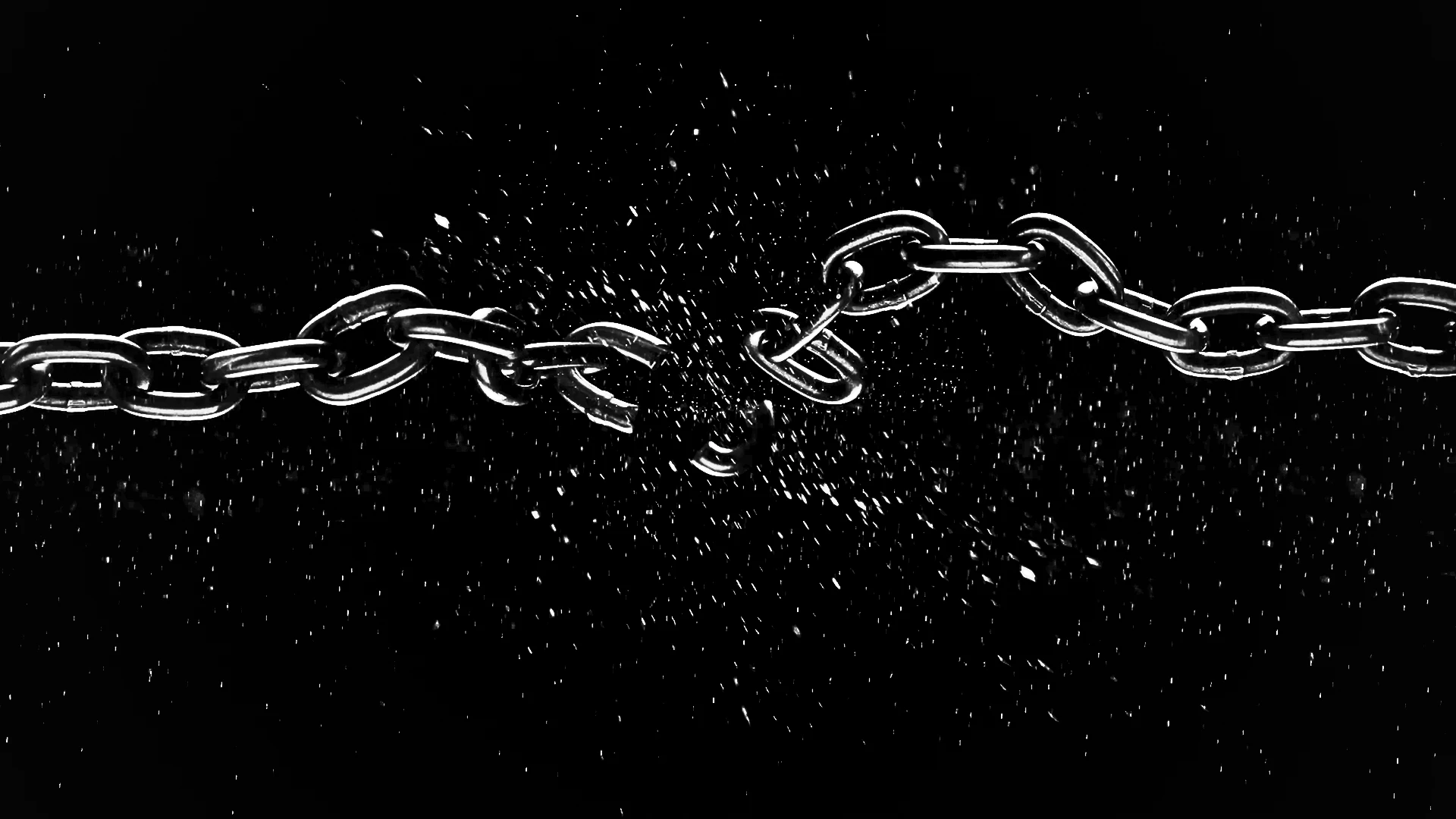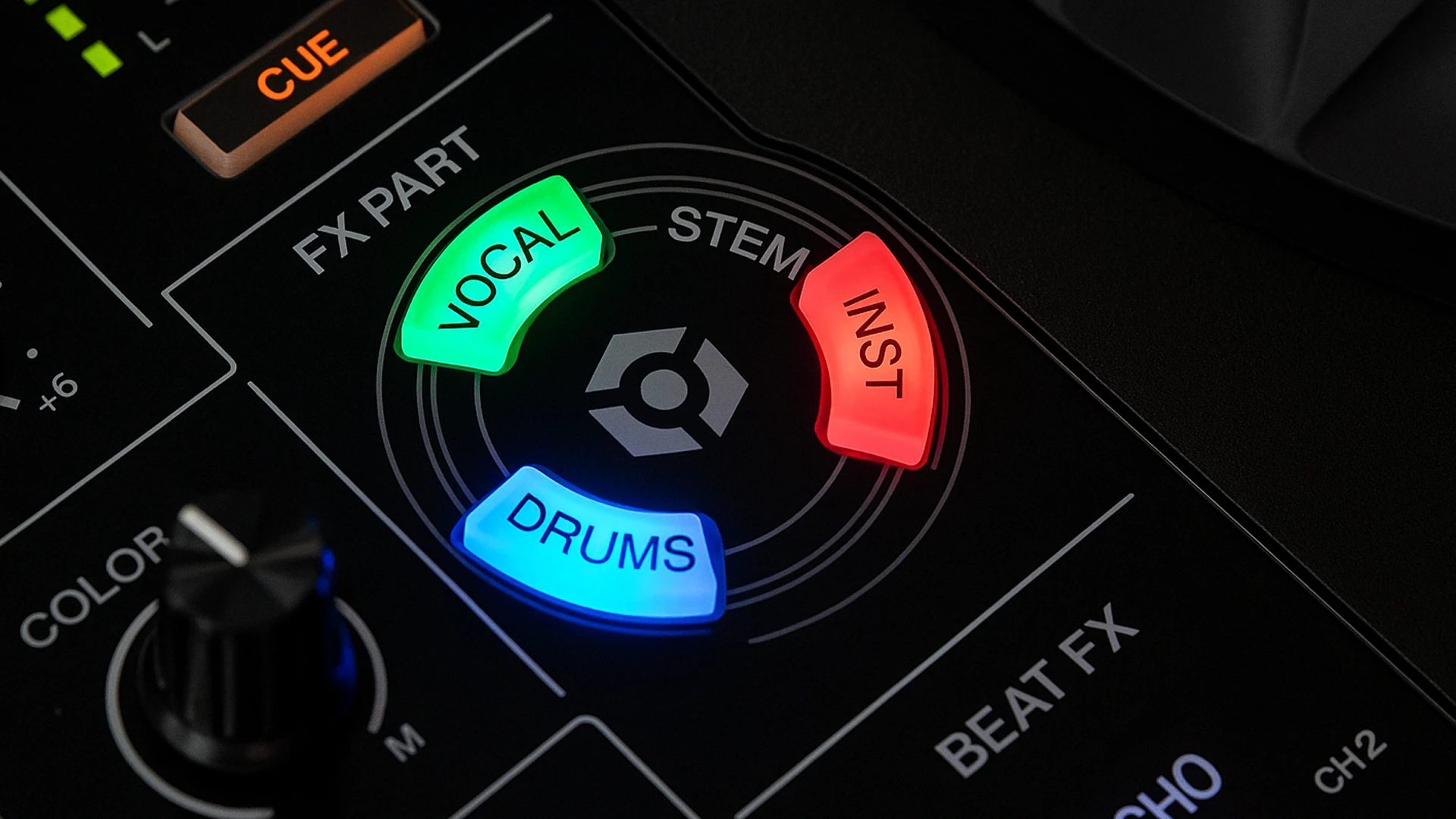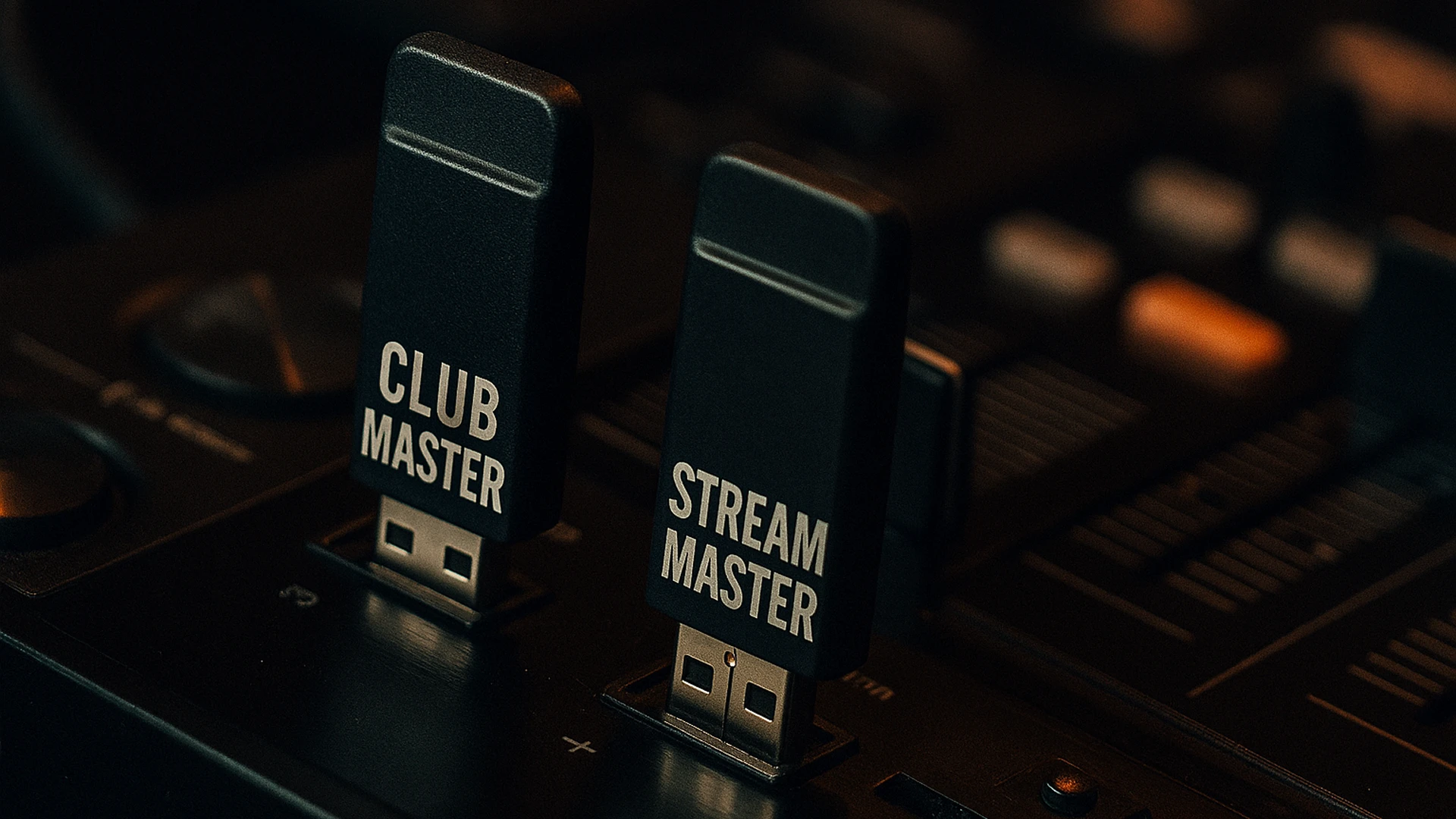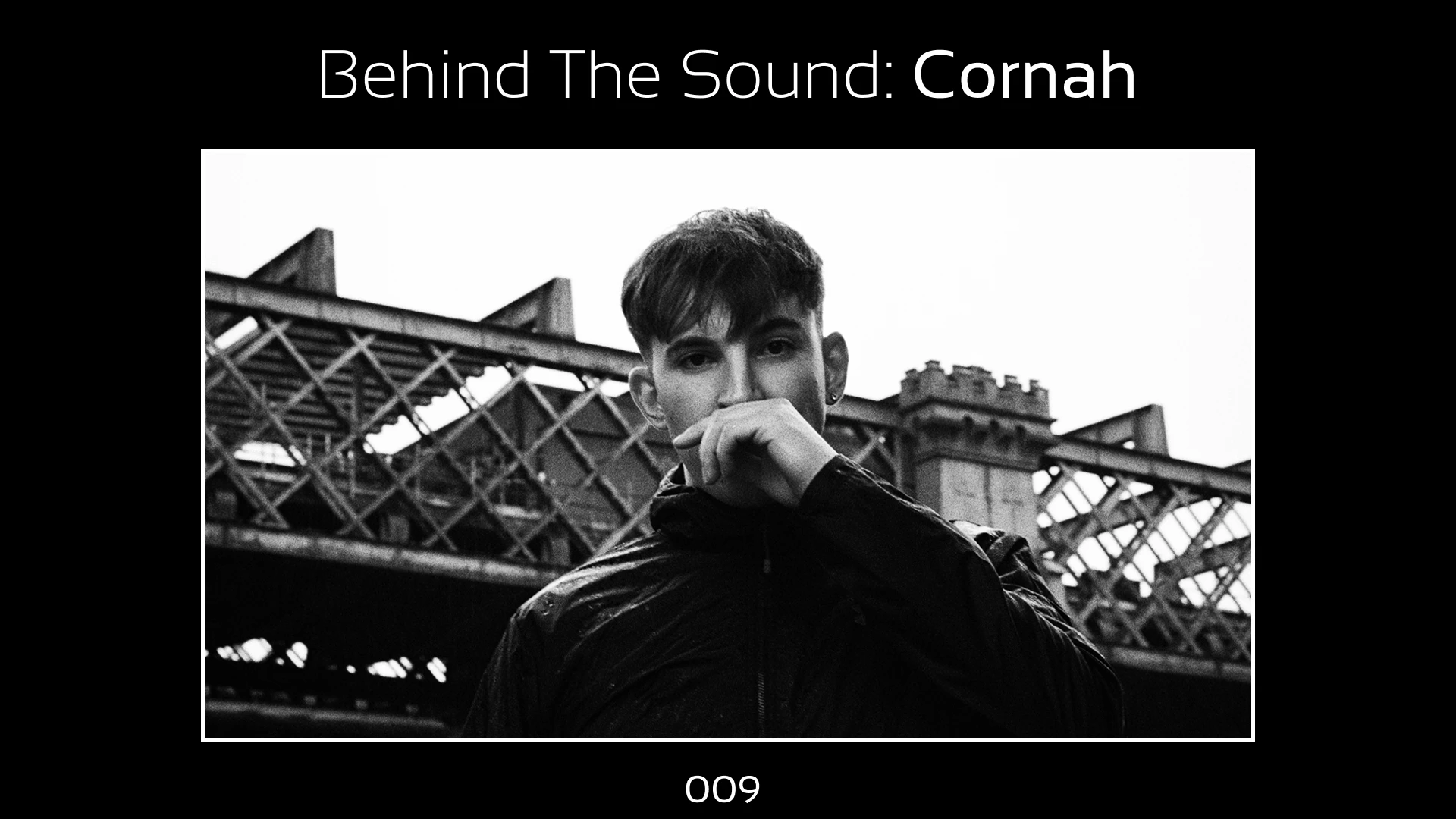Why More Artists Are Going Independent And What It Means For The Music Industry
More artists are ditching labels for creative freedom, but at what cost? Inside the rise of independence reshaping music today.
6 minutes read
For decades, a record deal meant legitimacy, the golden ticket from unknown to Mainstream success. Labels promised stability, reach, and the infrastructure that artists couldn’t build alone. But today, that old equation no longer fits.
Across dance & electronic music, more artists are choosing to operate independently, releasing their music on Bandcamp, building fanbases through Discord servers, and treating their audience like a community instead of a market. Yet, this isn’t a simple rebellion. Independence brings freedom, yes, but also comes with challenges.
So why are so many artists leaving labels behind, and what happens to the industry if they don’t come back?
The New Normal
In 2025, the independent artist is no longer the underdog. According to a recent MIDiA Research report, independents account for nearly 46.7% of global recorded music revenue, outpacing the growth rate of major labels for the fifth year in a row.
That statistic reflects something deeper than a business trend. For many, independence is now a creative philosophy that values control, authenticity, and intimacy over exposure.
“I realised the label didn’t make me sound better; it just made me sound louder. I’d rather build something quieter on my own terms.”
- Owen Vale (A producer/DJ from Bristol)
Why Artists Are Choosing Themselves
Ownership and Control
The biggest driver behind the independence movement is simple: ownership.
For decades, labels owned artists’ masters and often the brand identity that came with them, but digital distribution flipped the script. Today, a producer can upload a track to Spotify through DistroKid or Amsue and reach the same global platforms as the majors.
That autonomy comes with creative freedom. Independent artists can pivot between genres, drop unannounced EPs, or experiment with unconventional release formats without needing approval from marketing teams.
In the age of algorithmic sameness, that flexibility can turn heads.
Direct Connection
Independence also allows artists to cultivate genuine fan relationships. Instead of filtered analytics dashboards, they see who’s buying their vinyl, joining their broadcast channel, or supporting them on Patreon.
Those small, loyal communities can be more sustainable than chasing viral streams. A modest but devoted fanbase can fund an artist’s livelihood through merch, exclusive mixes, and fan memberships, without giving up creative control.
If I can make a living directly from the people who actually care, why would I split it with a company that doesn’t?
- KRLN (Berlin)
The Other Side of Independence
But here’s the reality: independence is hard work. The same freedom that empowers artists can also bury them in admin tasks: distribution, promotion, accounting, legal, metadata.
Labels still exist for a reason. For many artists, they’re not just gatekeepers but support systems.
Labels still matter because they:
Provide funding for recording, touring, and videos.
Handle PR, playlist pitching, and marketing infrastructure.
Offer legitimacy in crowded markets, especially for festivals and sync placements.
Independence may grant autonomy, but it rarely guarantees visibility.
When Going Solo Backfires
The romantic image of the lone DIY artist doesn’t always match reality. Many who go independent find themselves overwhelmed by the logistics.
This is the paradox of this independence trend: artists are freer than ever, yet more isolated, expected to master marketing, distribution, and brand identity on top of making art.
Labels might take a large cut, but they also take a lot of pressure off the artist’s plate.
Hybrid Models and New Partnerships
Recognising this shift, labels have started to adapt. Instead of locking artists into long-term contracts, many now offer artist-service deals, short-term partnerships, or distribution-only models.
Companies like Next Sound, un:hurd, AWAL, Ditto, and co:brand provide infrastructure without ownership, letting artists retain their masters while benefiting from label resources.
In the underground, smaller labels are rebranding as collectives or cooperatives. They’re more transparent about royalties and more collaborative in creative direction.
It’s less about control now, more about community. We want to be partners, not bosses.
- Miquel Sinclair (Next Sound Co-Founder)
This hybrid approach represents the middle ground, the pragmatic future of independence.
The Economics: Freedom vs Financial Reality
Let’s talk numbers. The streaming economy still overwhelmingly favours the top one percent of artists. For the vast majority, independence doesn’t necessarily mean profit.
A self-released track might earn fractions of a cent per stream, and without the marketing muscle of a label, it may never break out of the algorithmic bubble.
That’s why independence often works best for artists with an established fanbase. For newcomers, labels can still be an entry point to discovery.
Economically, independence thrives where community replaces scale. But that’s not easy to build and maintain, without the right support.
Global Perspectives: The Independent Movement Everywhere
The shift toward independence isn’t just a Western trend, it’s global, though it plays out differently depending on infrastructure.
In South Africa, amapiano producers often self-release tracks on YouTube and WhatsApp before labels even notice them.
In Latin America, collectives in Mexico City and Buenos Aires have built entire micro-economies around independent dance music, with in-house designers, bookers, and community-run venues.
In Eastern Europe, underground techno scenes thrive without label backing, relying on DIY spaces and online direct sales.
In developing markets, independence often stems from necessity, not ideology. Labels and publishing systems simply don’t exist at scale. That’s what makes these scenes innovative by default.
The global story of independence isn’t rebellion, it’s adaptation.
Technology: Empowerment and Saturation
The tools fuelling independence, from DistroKid to TikTok, have democratised music creation, but they’ve also flooded the market.
Every day, tens of thousands of tracks are uploaded to Spotify. Discovery algorithms often prioritise established artists, meaning that “going independent” can still mean being invisible.
Some artists now see AI tools as a way to regain advantage, automating mastering, marketing, and even visual branding. Others see it as a threat that could erode the human value of music even further.
Technology gave artists freedom, but it also created a new kind of noise.
Why Artists Still Choose Labels
Despite the cultural momentum of independence, signing with a label isn’t obsolete, it’s strategic.
For touring DJs aiming for festival slots, label support still matters. Labels offer not just funding but prestige and audience trust.
Labels also open doors to radio, sync, and international press, things that self-releasing artists struggle to access.
That sentiment is echoed by many mid-career artists who’ve done both: the infrastructure of labels can amplify what independence starts.
Independence as a Mindset
Ultimately, independence today is less about rejecting labels and more about redefining what partnership looks like. Artists want flexibility, transparency, and respect; not contracts that last longer than most relationships.
The black and white of “label vs independent” is collapsing into something more fluid. A producer might self-release on Bandcamp one month, collaborate with a label the next, and license to a major for a festival compilation later.
The new goal isn’t to stay unsigned forever, it’s to stay in control.
The Future: Collaboration Over Competition
The music industry in 2025 isn’t being destroyed by independence; it’s being diversified by it. Labels that adapt by becoming collaborators instead of gatekeepers will survive. Artists that embrace both autonomy and partnership will thrive.
Independence isn’t the end of the industry. It’s a reminder of what made music powerful in the first place: human connection, creative risk, and shared energy between artist and audience.
The next decade won’t be defined by who signs and who doesn’t, but by who builds systems that actually work for artists.
Because in the end, it’s not independence versus labels.
It’s independence within labels.
It’s partnership on the artist’s terms.
And that might be the healthiest balance music has seen in years.



